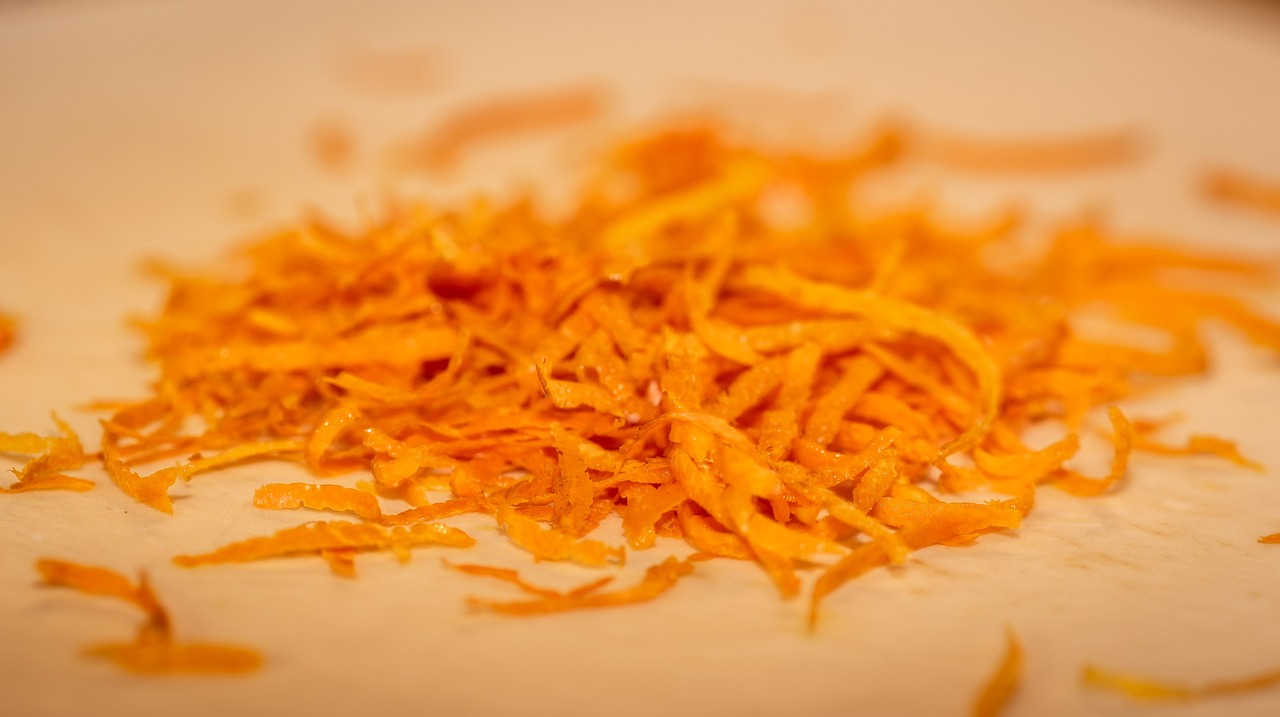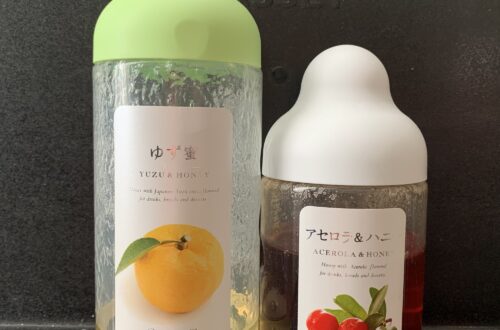Orange peel, also known as citrus peel or zest, is the outermost layer of the orange fruit. Its delicate and floral aroma makes lavender a popular ingredient in herbal and floral teas.
Flavor Profile: citrus, bright, fresh, zesty.
Tea Uses for Orange Peel
Orange peel is typically used to add a zesty or tangy flavour. The peel itself can vary from dark to light, so orange peels in general can be used in many combinations.
I would caution those of you who wish to create your own orange peel teas to make sure that the orange peel is thinly sliced if you mean the peels to be eaten. Also, be selective about what orange you choose. I have found that thinner orange peels are sweeter and easier to get soaked enough to eat whereas thicker peels tend to be more bitter and may not be soft enough to eat even after sitting a while.
I have heard of orange peel tea, but I feel it would probably be like an extremely watered-down orange juice and possibly more bitter, depending on the peel used. That does not sound very delicious to me, but I prefer sweeter things.

Teas Containing Orange Peel
The most well-known that I have noticed and have a good impression of is Lady Earl Grey, which is Earl Grey, black tea with bergamot, with lemon peel and orange peel. It has a pleasant lighter flavour while being still overall dark-bodied.
Yuzu Cha is an extremely popular herbal tea blend in Asia made with dried yuzu and orange peel. You can buy a jam-like version of it to mix with hot water for immediate tea from Costco.
Generic orange peel + ginger is fairly common as well. Ginger is in no way sweet, so a well-chosen orange peel can make the herbal tea more refreshing by adding sweet orange peel to the warm ginger spice.
I also know that orange peel is popular to toss into the latest citrus cold drink at a café, possibly because of the ease of access.
Possible Pairings
If you must have orange peel in hot water and nothing else, I would guess than plain biscuits would go decently well.
Other Details
Facts
Orange trees, which belong to the Rutaceae family, are typically grown in tropical and subtropical regions. We can have the orange peel after the fruit is fully ripe.
Orange peel contains various compounds, including limonene, alpha-pinene, beta-pinene, myrcene, and linalool. Orange peel is rich in flavonoids, which are believed to have antioxidant properties.
Beliefs
Orange peel has been used for its medicinal properties for centuries. Its essential oil is believed to have anti-inflammatory, antiseptic, and anti-cancer properties. It is also used to treat various digestive issues, such as bloating, gas, and constipation. Orange peel tea is believed to boost immunity, reduce inflammation, and alleviate stress. In Chinese medicine, orange peel is believed to regulate Qi and improve digestion.
Where Can I Find Orange Peels?
Obviously, orange peels are found on oranges, so our question is really “Where can I find oranges?” I would recommend the grocery store. A higher end grocery store might have more delicious peels.
After acquiring your bag of oranges, remove any stickers, peel your orange thoroughly, and peel the skin with a knife or peeler. Remember that the white pith is sometimes bitter! Unless you want bitterness in your tea, using only the orange part of the peel or making sure to use a sweet orange is ideal. It is usually more convenient to have the peel as small strips or small pieces when being used for tea. (However, a large piece of peel can be quite striking in a transparent pot, I will admit.) You can store your peels for future use by drying them completely and keeping them in air-tight containers.
I do not recommend growing your own orange tree given that trees are a bit of a commitment.





